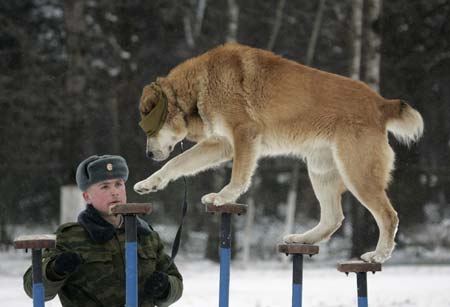Laurie's Blogs.
Feb 2017
Knee injuries & changes in the brain

This blog was inspired by an article that I shared on my Facebook page:
It created a wee bit of discussion and I wanted to expand upon some thoughts.
So, firstly, the article stated that Researchers at The Ohio State University Wexner Medical Center found that regaining full function after an anterior cruciate ligament (ACL) injury is more than just physical—it requires retraining the brain. Essentially, parts of the brain associated with leg movement lag behind during recovery from ACL injury as determined by brain activity scans while a person flexed & extended the knee (comparing normal adults and those with ACL injuries). The brain simply didn’t process the information from the knee correctly.
The brain scans showed that instead of relying on movement or spatial awareness, people who had suffered an ACL injury relied more on their visual systems in the brain when moving their knee and didn't move it as naturally or instinctively as those who had not been injured. It was like they were walking in the dark; less confident with their movement. The researchers speculated that constantly relying on visual input / feedback may cause complications when participating in complex sports. As such they suggest retraining limb-use and movement while visually distracting the patient. (They used special ‘strobe glasses’ that caused visual distractions to help the patients with their motor relearning.)
When it comes to dogs, I believe that the same can be happening for them as well.
One of the comments on my Facebook post pertained to whether or not a dog ‘thought’ about things in the same way. In particular, do they anticipate that their knee would hurt or give-way when they used it? It should be noted that the article quoted the author’s presumption: "We think those [brain] changes play a big role in why people who recover from ACL injuries don't trust their knees entirely and tend to move them differently."
But there are two side to this that need to be considered when contemplating applying this study to dogs. One person had commented that dogs wouldn’t anticipate future pain, or worry about whether movement would hurt or cause damage to the repair. Going further to point out that many a dog has jumped out of it’s x-pen days after a cruciate surgery. Certainly, we all know those dogs! Squirrels too may be the ‘damnation’ of a good cruciate repair. However, what about the dog that continue to walk with their limb externally rotated, and partially weight bearing 8-weeks post op? Or what about that dog that has been fully rehabbed after a TPLO, has equal thigh circumference and looks great on gait analysis, but when fully resting in a stand will ever so slightly (but consistently) off-load the post-operative leg? Then there is the dog who after a TPLO will avoid sitting with their post-operative leg nicely tucked under them (despite having full ROM and full healing months later). I think these dogs could very well fit into a category of ‘faulty brain-wiring’ as described in the article, whereas the ‘jumpers or squirrel chasers’ may well be a victim of instinct to chase or strong desire to not be confined at any cost.
What the article didn’t bring up was that the cruciate ligament has proprioceptive receptors within it, and to lose them and their ability to send information to the brain about joint position, tensions, pressures, etc, could be the other aspect of why the brain may ‘lag’ when it comes to movement awareness. Like it or not, losing the cruciate will impact proprioception, and if you want better joint proprioception after the ligament is torn, the body will have to recruit information from other receptors near or adjacent to the joint. This is why human rehab heavily prescribes neuromuscular rehabilitation - working on advanced level balancing skills - as a way to rehab after an injury as well as a way to prevent & reduce the incidence of soft tissue injuries in athletes. What this study does tell us, is that we may make even greater gains in both departments (prevention & rehab) if we work on movement & balance activities while removing visual feedback as well.
So in summation, maybe try doing some (safe) activities with your canine patient blindfolded near the end of their rehab or as part of their conditioning. (Maybe not what the picture associated with this blog is showing... but others things, blindfolded!!)
Let’s talk about that a little more in next week’s blog!
Until then! Cheers! Laurie
- Grooms D, Appelbaum G, Onate J. Neuroplasticity Following Anterior Cruciate Ligament Injury: A Framework for Visual-Motor Training Approaches in Rehabilitation. Journal of Orthopaedic & Sports Physical Therapy, 2015; 45(5):381-393.


